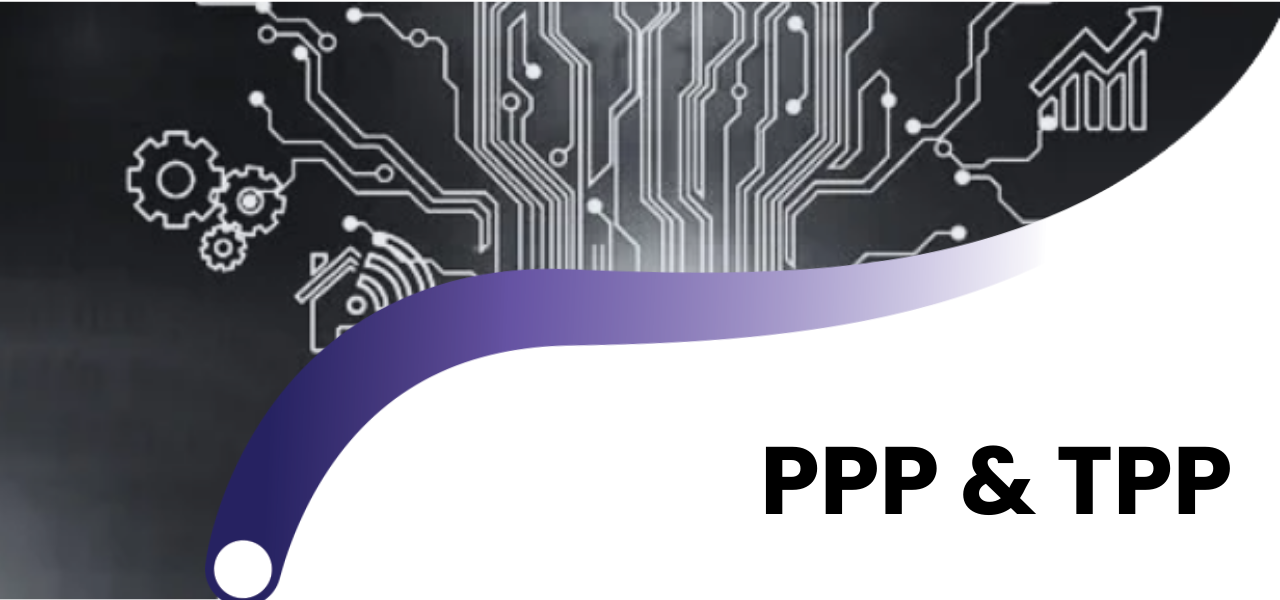Public infrastructure development is a cornerstone of economic and social progress. Over the past 15 years, Public-Private Partnerships (PPPs) have gained popularity as an alternative to Traditional Public Procurement (TPP). Each model has unique advantages, challenges and implications for delivery, cost, risk, innovation, and overall value for money.
A PPP is a long-term contractual arrangement between a government entity and a private-sector partner. In this model, the private party typically designs, builds, finances, and operates public infrastructure, such as hospitals, schools, or roads. The government compensates the private party based on service delivery and performance metrics, rather than paying upfront construction costs. This model involves the integrated implementation of design, construction, financing, and management. Payments are based on service outcomes and predefined KPIs, while risks are transferred to the party best able to manage them. The majority of the capital is provided by the private sector.
In Traditional Procurement, the government takes full responsibility for financing, designing and building public infrastructure. In this process, design, construction and equipment are usually contracted separately. After construction is completed, the government repays the debt, manages and maintains the facility and sometimes delegates certain operations to third parties.
The key differences between Public-Private Partnerships (PPP) and Traditional Procurement
✔️ Scope - PPP projects cover construction, financing and management while Traditional Procurement typically includes only construction and sometimes management.
✔️ Source of funding - In PPP, funding is primarily provided by the private sector, whereas in Traditional Procurement, funding comes from the government, through taxes or debt.
✔️ Risk distribution - In PPP, risks are shared and mostly managed by the private sector, while in Traditional Procurement, risks are mainly borne by the government.
✔️ Payment structure - PPP payments are performance-based and spread over time, whereas Traditional Procurement typically involves fixed payments either during or after construction.
✔️ Innovation potential - PPP offers higher innovation potential due to outcome-oriented contracts, while Traditional Procurement tends to be more process-oriented, limiting innovation.
✔️ Role of government - In PPP, the government acts as a supervisor and service provider, whereas in Traditional Procurement, the government holds full ownership and control of the project.
✔️ Time performance – One of the advantages of PPPs is timely delivery, as payments are tied to service performance. In traditional projects, delays and additional costs are common.
✔️ Competition and procurement efficiency – PPPs involve competition for the market, where private companies compete through tenders, while the traditional model relies on competition within the market. This approach enhances efficiency during the tender stage, reduces costs, and improves service quality. However, these benefits are only achievable if the level of competition is high.
Which model performs better?
There is no definitive answer to whether PPPs outperform traditional procurement. PPPs may deliver better results in terms of:
🔹Time performance
🔹Risk transfer
🔹Lifecycle cost optimization
However, traditional procurement can offer:
🔹Greater transparency
🔹More public control
🔹Simpler implementation for small-scale projects
The choice depends on project size, complexity, sector, funding capacity and long-term service goals. Both Public-Private Partnerships (PPPs) and Traditional Procurement play a vital role in delivering public infrastructure. PPPs may offer advantages in terms of efficiency, innovation and risk management, however these benefits do not always guarantee success. Selecting the most appropriate model requires a context-sensitive approach. Decisions should be based on national priorities, financial capacity and the goal of providing high-quality services to citizens.
 +994512060920
+994512060920





